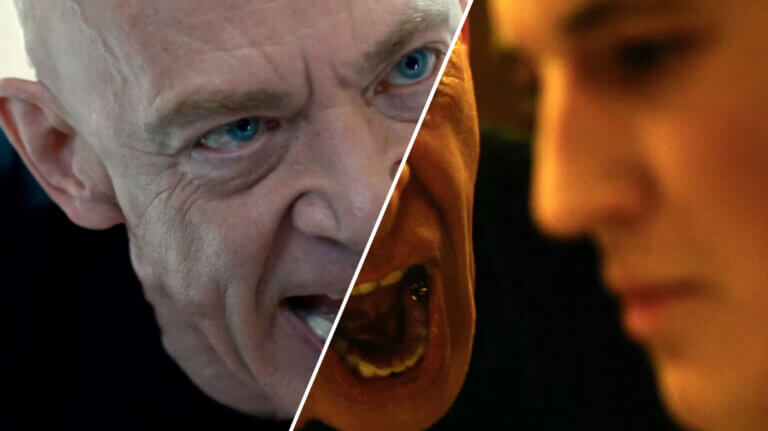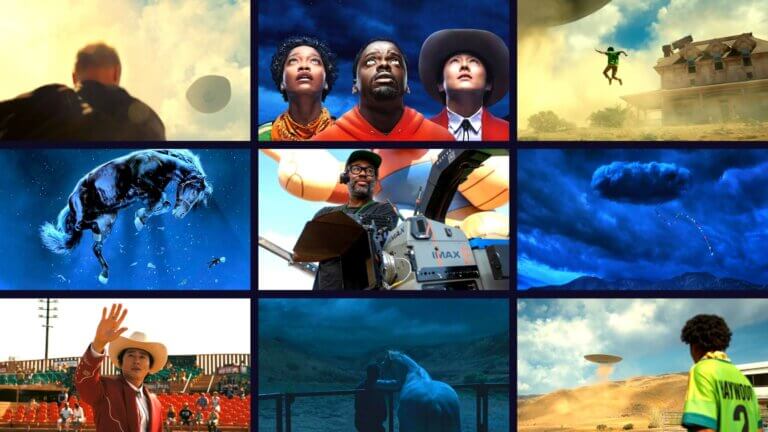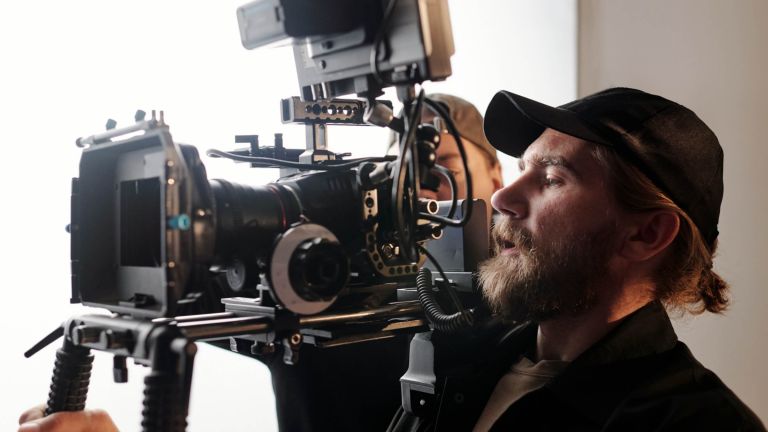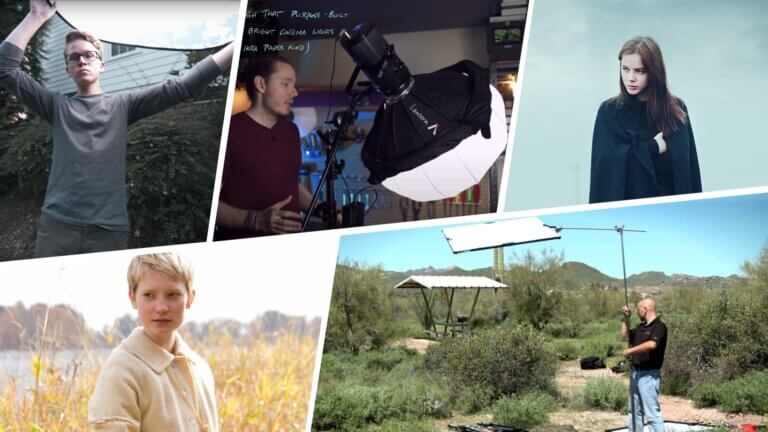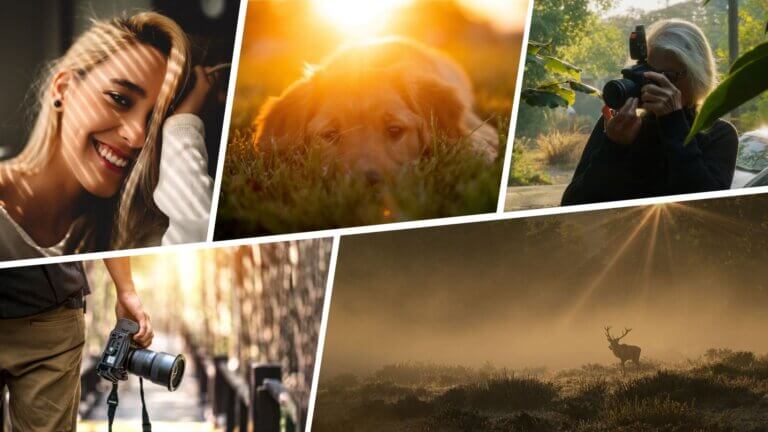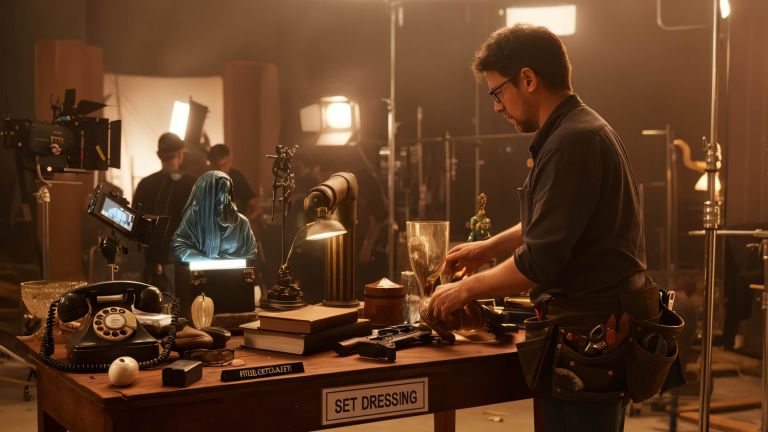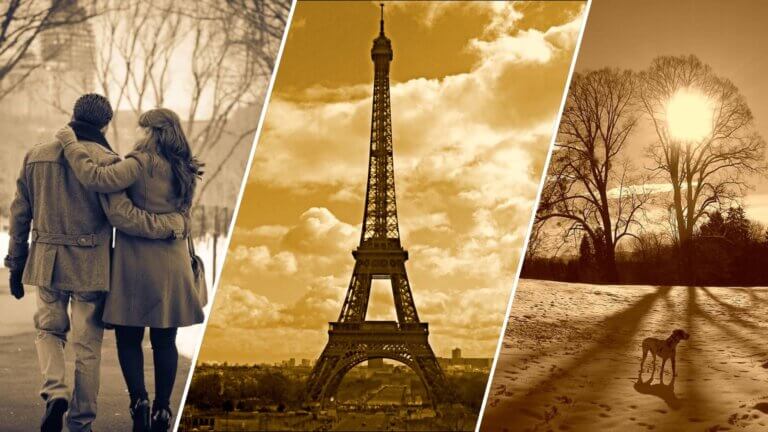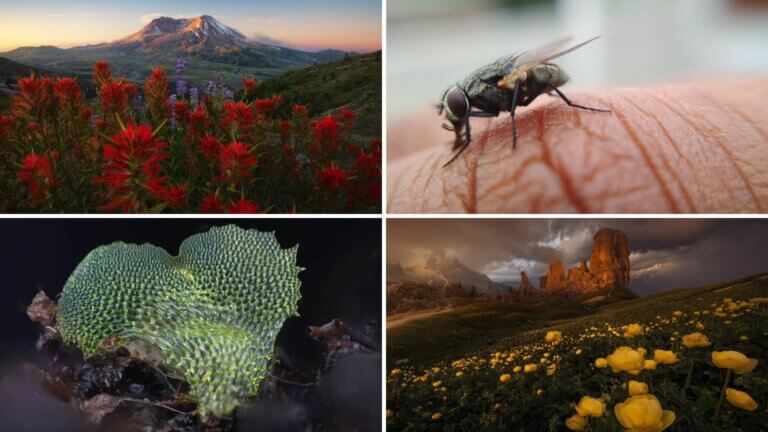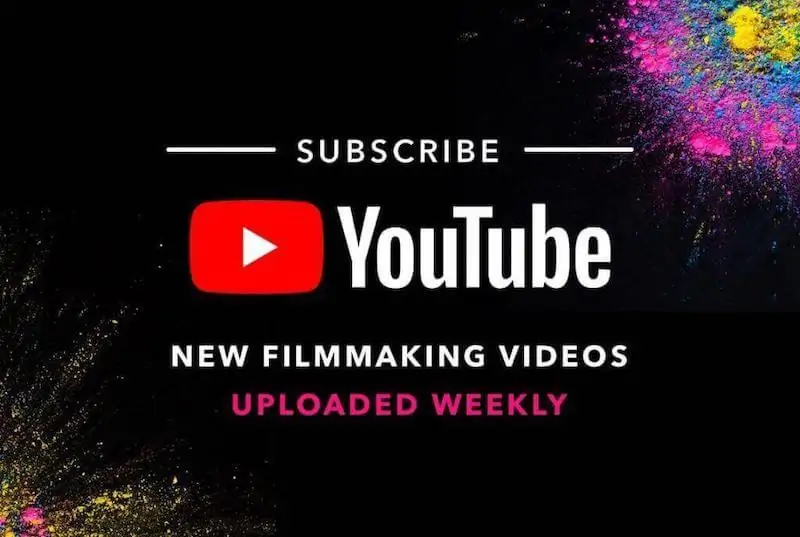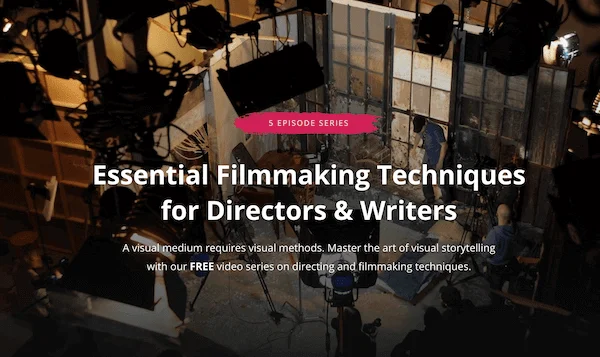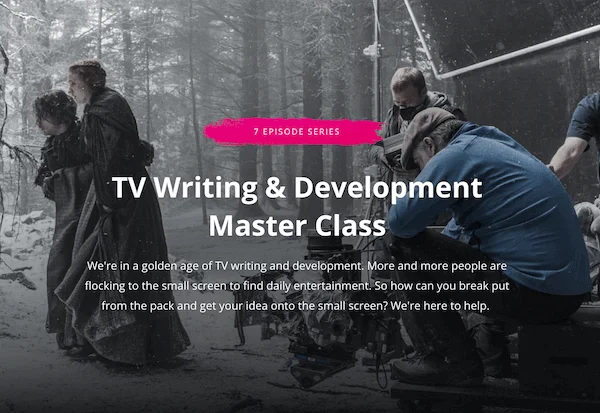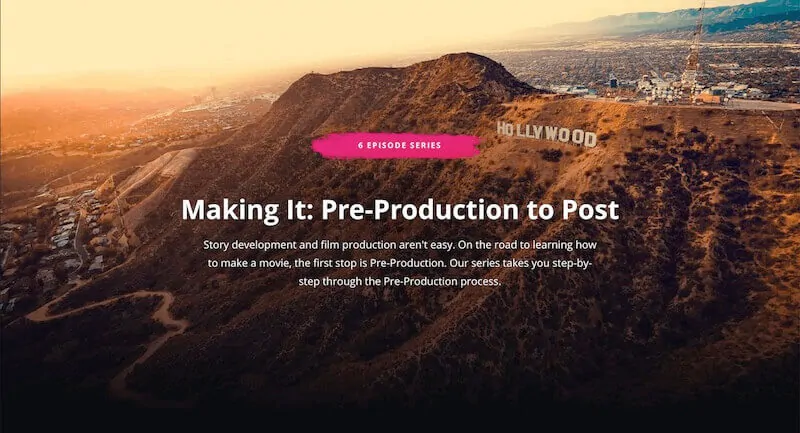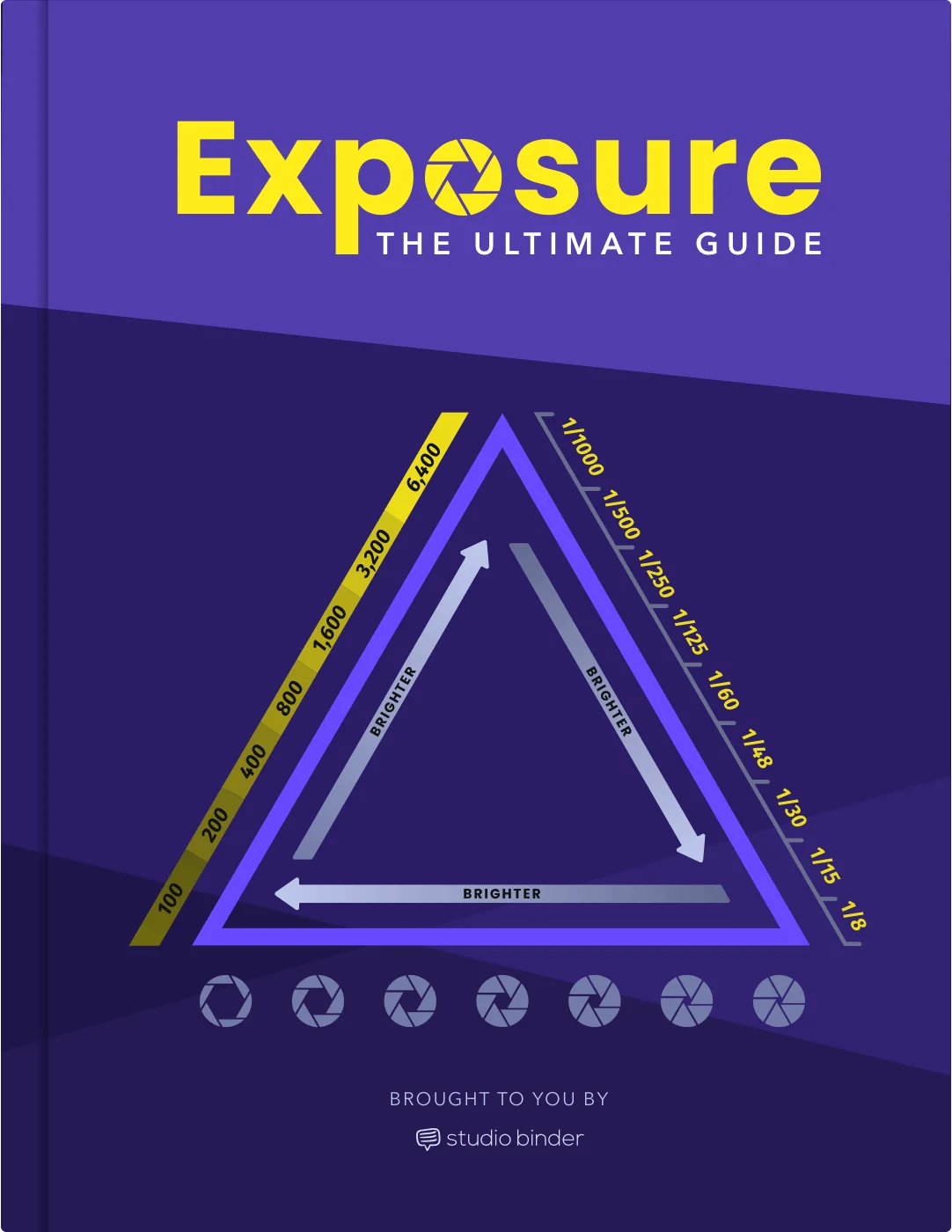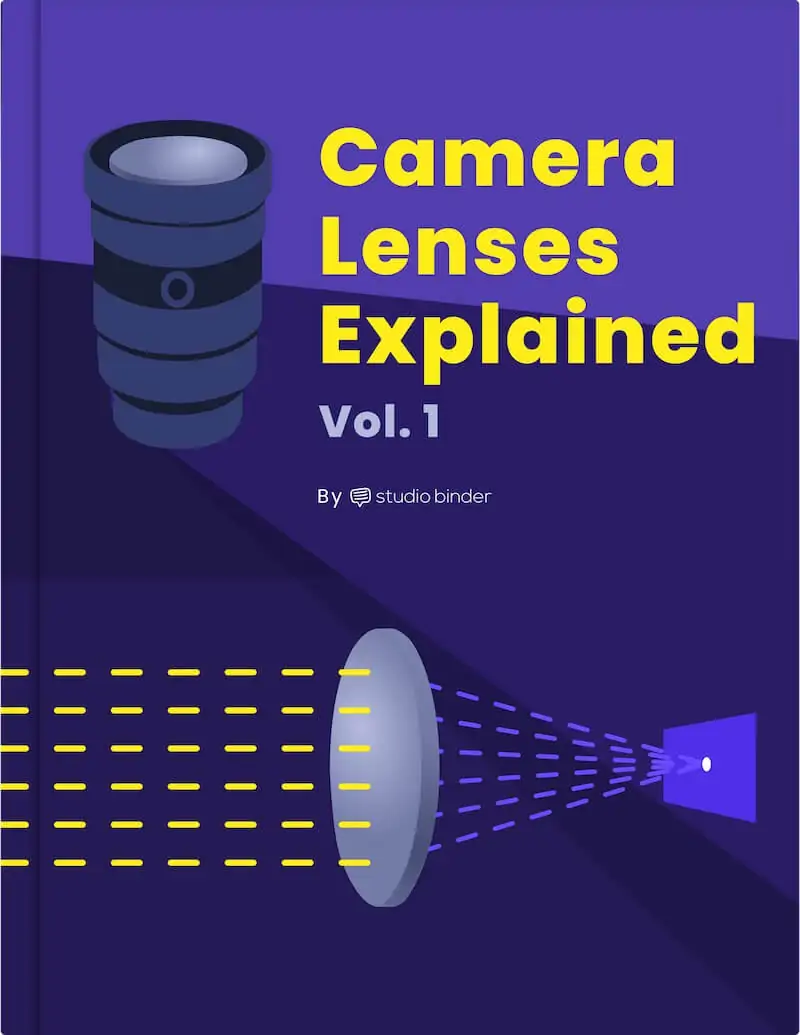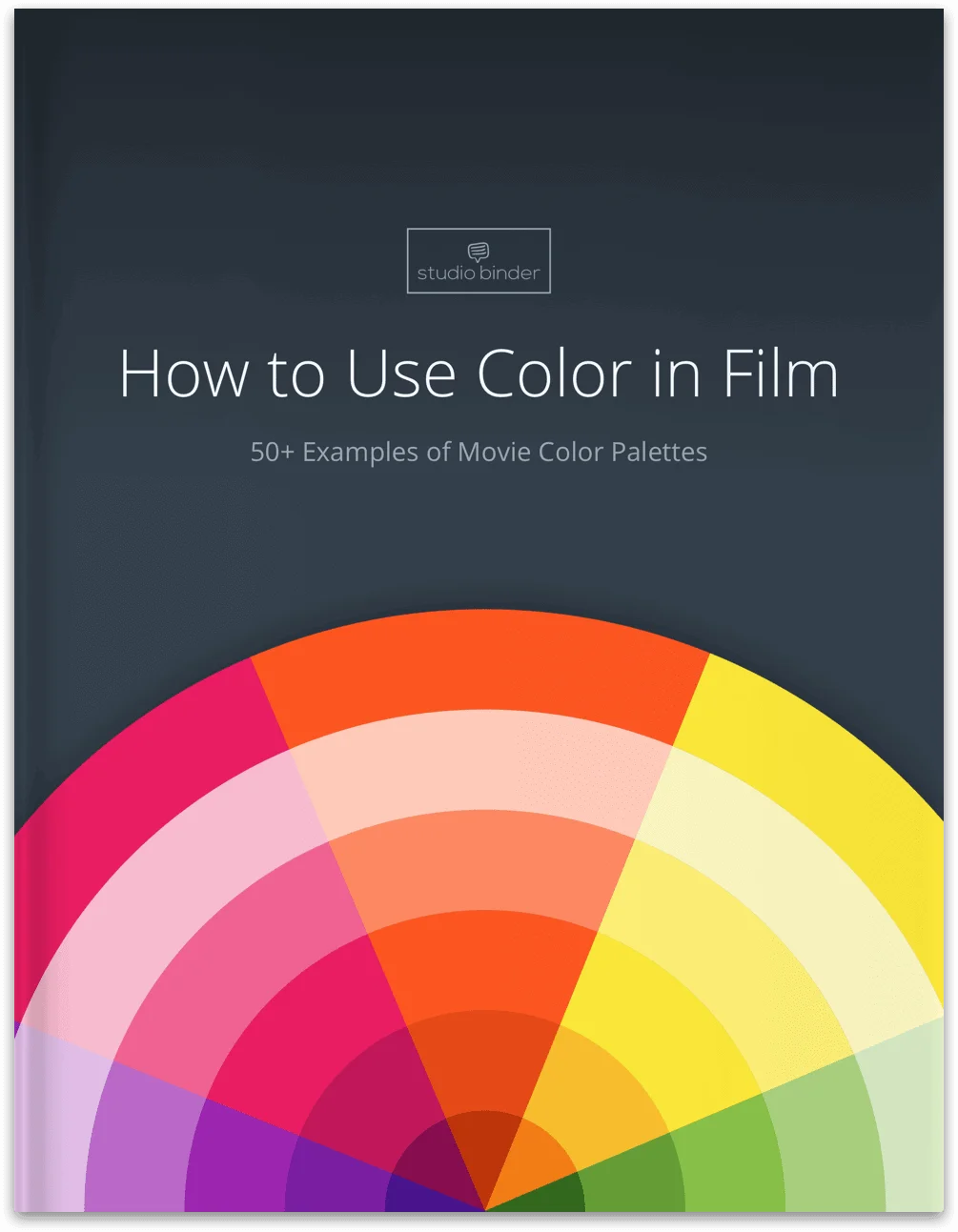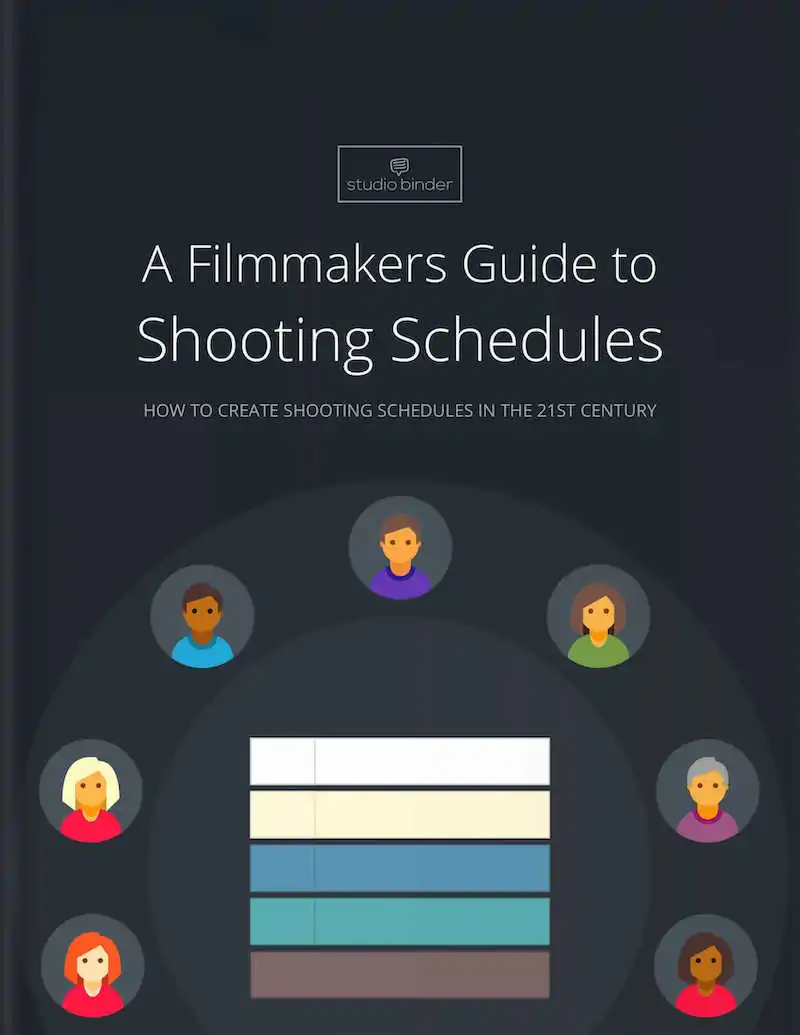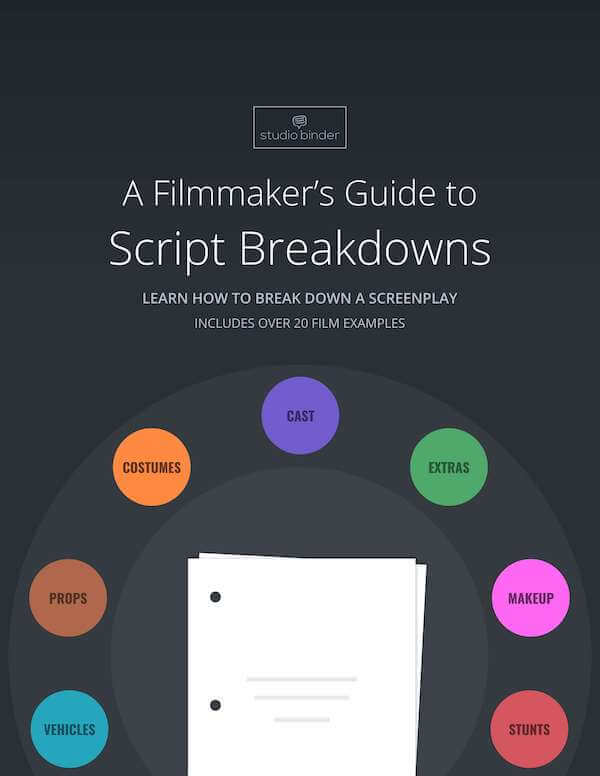So you have an idea. The idea. The idea that you feel like will jump start your career as a filmmaker. But all of a sudden you’re faced with the question “How will this get made?” Films and television pilots require a lot of resources and a lot of money to execute. So how do you obtain these resources from potential producers and investors?A growing technique is the proof of concept. What is a proof of concept film and how is it used in the industry? Let’s explore what a proof of concept is and what the goal of any…
Not unlike his first two feature films, Jordan Peele’s Nope combines the horror genre, social commentary, and his unique eye for an entertainingly suspenseful watch. In what has become a staple to his style, Peele utilizes the genre to subvert our expectations and add something new to the realm of UFO films. Peele orchestrates quite a few moving pieces to titillate our curiosity, drawing us closer to the edge of our seat. However, like any Peele film, audiences are left with quite a few questions after the credits roll. Here’s our stab at answering some of the most common ones. Needless…
Great writers find ways to lose superfluous language. Their prose is both precise and efficient in conveying meaning in a concise, yet vivid way. A great literary tool to achieve this is the epithet. While you may not yet be familiar with the epithet definition, you have probably heard or used an epithet in your writing or conversations. Let’s learn more about the epithet definition and how it enriches language and literature. Continue reading What is an Epithet — Definition, Types, and Examples for Writers
The origins of cinema are rooted to the use of film cinematography — that is the use of film stock to record and project a movie. All of that changed, however, with the introduction of digital cinematography. What is digital cinematography and how does it compare to film? Let’s dive into digital film production. Continue reading What is Digital Cinematography — The Pros & Cons of Digital
Understanding the different qualities of light is important for any filmmaker to know. Each quality can enhance a story by providing a visual element that matches the style and tone of a film. One of the most fundamental qualities of light to understand is diffused light. From interviews to commercial work to films, knowing the effects of diffused light can make you a more versatile and well equipped filmmaker. Let’s find out why and how you can use diffused light in your next project. Continue reading What is Diffused Light — Types of Lighting in Photo & Film
If you’re an aspiring photographer or have been in the past you may have come across the question “What types of lights do I need?” While artificial light sources are incredibly useful tools, photographers can get by with a single type of light — natural light.With a solid understanding of how natural light works and how it can be used, it can undoubtedly become the only light you need for whatever type of photography you want to shoot. What is natural light in photography and how can you use it? In this article, we’ll dive into the characteristics of natural…
Anytime you see an actor handle or interact with an object in a film, that object was carefully picked out and acquired by a single person — the prop master. Films can have an incredible amount of props and each one is important in its own way. Behind it all is a prop master. What is a prop master and why are they important to a production? In this article, we’ll cover how prop masters approach a script, how they acquire props, and the other responsibilities they have on and off set. Continue reading What is a Prop Master —…
There are a few iconic films that have transcended cinema and impacted culture at large and Akira Kurosawa’s Rashomon is certainly one. Kurosawa’s exploration of truth and its expression in the film led to a term that would be used both in and outside of cinema — the Rashomon Effect. The Rashomon Effect is used in a range of subjects from storytelling to psychology to law. So what is the Rashomon Effect? In this article, we’ll be taking a look at its origins, what it means, and its influence on both film and culture. Continue reading What is The Rashomon Effect in…
Most people are familiar with sepia tone as one of the first Instagram filters that ever existed. It might make you reminiscent of your great grandma’s old photos or old Western films, but when the tone was first created, it was a fresh and new medium for photographers to work with. So what is sepia tone, how exactly is it created and how has its function in photography changed over time? Let’s take a look. Continue reading What is Sepia Tone Photography — How It Works & Why Use It
Have you ever seen an insanely detailed photograph where every portion of the photos is completely in focus? If you’re like most people you might wonder “How did they capture this?” Odds are that they created the remarkably sharp image using focus stacking. Focus stacking is used to shoot a diversity of subjects from landscapes, to products, to macro photography. What is focus stacking and how can you do it to create incredibly sharp photos? Learn the answers to both these questions and more in this article. Continue reading What is Focus Stacking — Examples & How to Stack Photos
